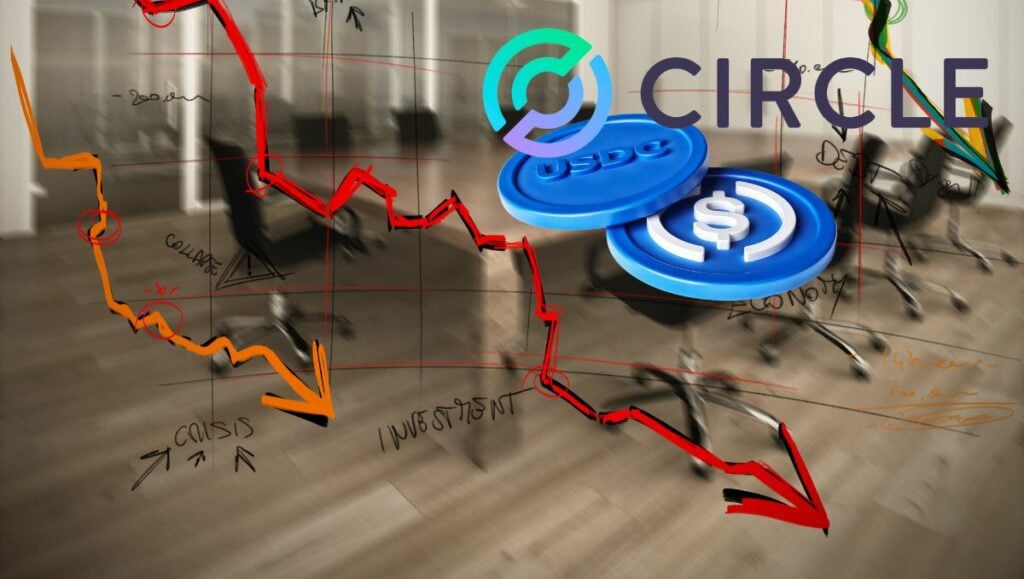
The crypto markets were thrown into turmoil last weekend as every crypto investor’s worst nightmare seemed to be becoming a reality: Circle-issued USDC’s epic collapse. After the revelation that a hefty chunk of USDC’s reserves were tied up with the failed Silicon Valley Bank (SVB), investors rushed to redeem their holdings, resulting in an unprecedented $1 billion net reduction and a de-pegging from the USD.
USDC has long been regarded as one of the most stable and trusted stablecoins, supporting major exchanges and a whole host of DeFi applications. As Circle revealed its ties to SVB, its market capitalization fell to $36.9 billion from $43.37 billion and USDC tanked around 10% to $0.90. Binance and Coinbase temporarily suspended USDC conversion, following their implementations of risk-management procedures. (sweetfixbaker.com)
The turmoil spread well beyond the USDC market. Blockchain analytical firm Peckshield tweeted that Circle had burned 2.7 billion USDC within 24 hours, with 70% of the redemptions made in the last 8 hours. Coinswap 3pool dashboard showed investors were massively opting to replace their USDC with USDT and Dai.
The dollar de-pegging created “countless arbitrage opportunities” in the DeFi ecosystem, largely centering around Aave and Compound. These platforms experienced a net repayment of more than $2 billion on loans that had been taken out in USDC, as the borrowers took advantage of a steep markdown on the coins to pay back their dues.
Jeff Dorman, chief investment officer at the digital asset investment firm Arca, wrote in a weekly newsletter that as much as a quarter or half of USDC assets could be redeemed. He further predicted that if USDC succesfully passed the stress test, it could grow assets over time.
The USDC event has highlighted the need for decentralised, rather than centralised infrastructure. As Kaiko Research Analyst Riyad Carey points, the concerns created by the USDC meltdown will linger on, hinging on the fact that there is still no widely adopted alternative to USDC.
Circle’s chief strategy officer and global policy head, Dante Disparte, stressed they had acted quickly to ensure USDC’s stability. He reports that the majority of the reserves are held in U.S. Treasury bonds with Circle and other US banks, adding that they had made a wire transfer request before the bank was seized.
Ultimately, it appears USDC will survive its brush with failure, although the road to recovery is long. Crypto investors have been burned by the nightmare and will surely stay wary for the time being. Investors may yet return to USDC once Circle has completed the transition of moving their reserves from SVB to BNY Mellon, though the ultimate answer to the question of the stablecoin’s future and its ability to return to its prior strength remains to be seen.


